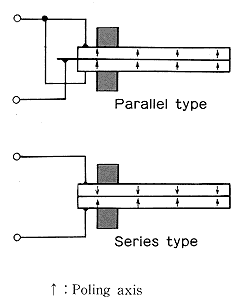

In this paper, we present design of a transdermal drug delivery system for treatment of cardiovascular or hemodynamic disorders such as hypertension. M This article features online multimedia enhancements (Some figures in this article are in colour only in the electronic version) Finally, we show that the same piezoelectric technique can be used to generate a single gas bubble on demand in a microfluidic chip. The possibility to drive the microfluidic chip with inexpensive audio electronics instead of research-grade equipment is also examined and verified. Several features of the in-chip drop on demand technique with direct relevance to lab-on-a-chip applications are presented and discussed, such as the precise control of the dispensed volume, the ability to merge drops of different reagents and the ability to move a drop from the shooting area of one nozzle to another for multistep reactions. In this paper, the drop formation process is characterized with respect to critical dispense parameters such as the shape and duration of the driving pulse, and the size of both the fluid chamber and the nozzle. Individual aqueous microdrops are dispensed from the chamber to a main transport channel filled with an immiscible fluid, in a process analogous to atmospheric drop on demand dispensing. The technique involves a PDMS chip with one or several microliter-size chambers driven by piezoelectric actuators. In this work, we introduce the novel technique of in-chip drop on demand, which consists in dispensing picoliter to nanoliter drops on demand directly in the liquid-filled channels of a polymer microfluidic chip, at frequencies up to 2.5 kHz and with precise volume control. Overall, the study herein illustrates a unique design for pumping which utilizes periodic vibrations of a compliant tube structure to create a net positive displacement of fluid. Experimental results demonstrate fluid circulation within the closed-loop of tubing, which varies significantly with the frequency and location of applied perturbations. To test the fluid response, the boundary of the compliant millitube section was periodically perturbed by the probe at a variety of frequencies at five locations. An experiment conducted at the milli-scale to study the fluid flow produced within a closed-loop network of tubing, having a compliant millitube section subject to periodic perturbations from a probe is presented, and provides a basis for a micro-scale experiment. An understanding of this phenomena is sought herein, as it may be useful for design of biological flows in microfluidic devices. Flow through a fluid-filled compliant tube microstructure subject to periodic perturbations is not widely reported.


 0 kommentar(er)
0 kommentar(er)
